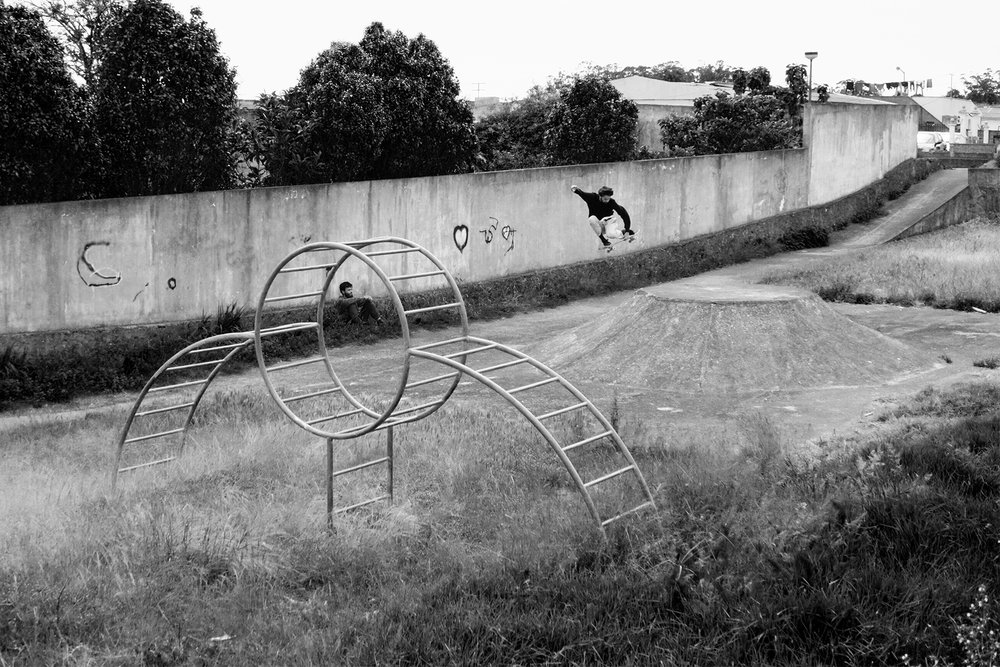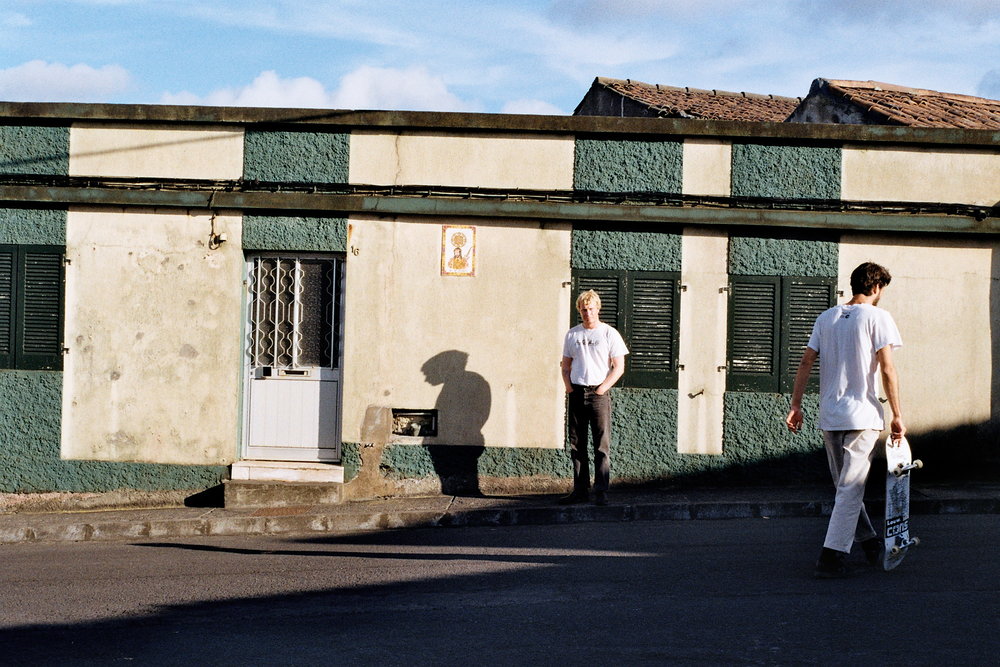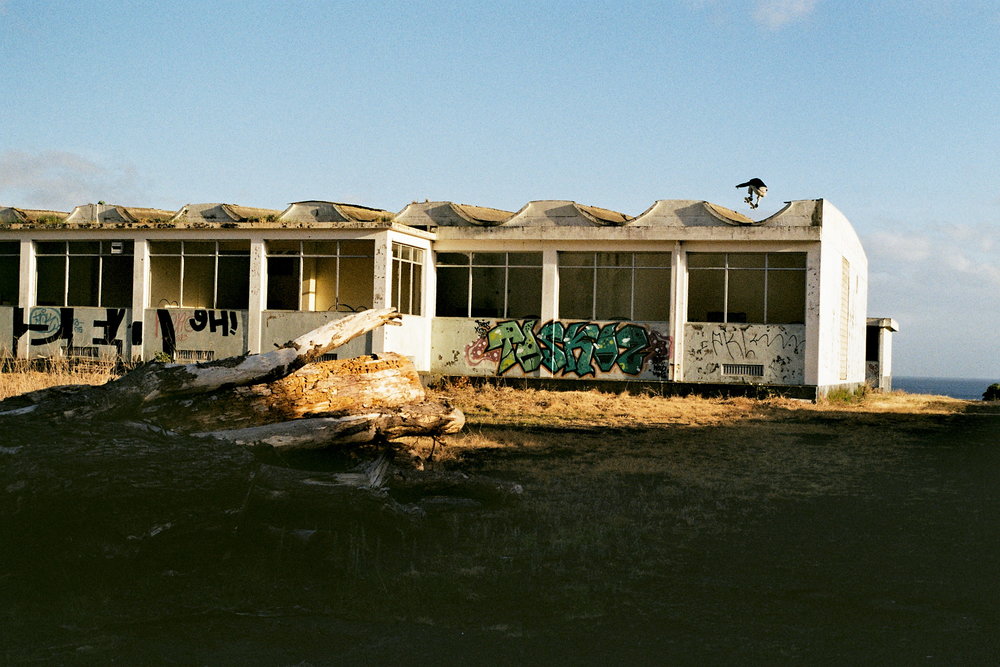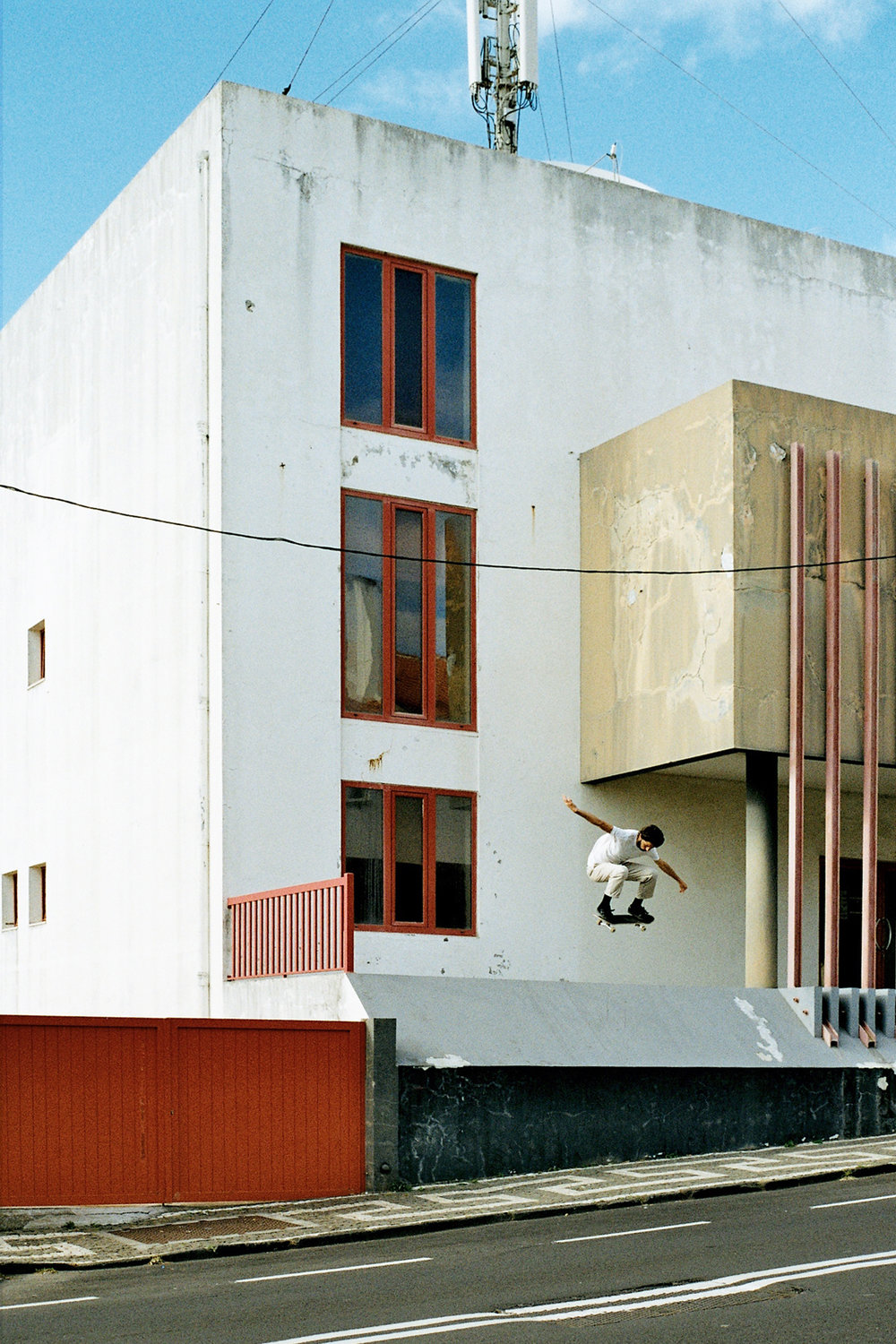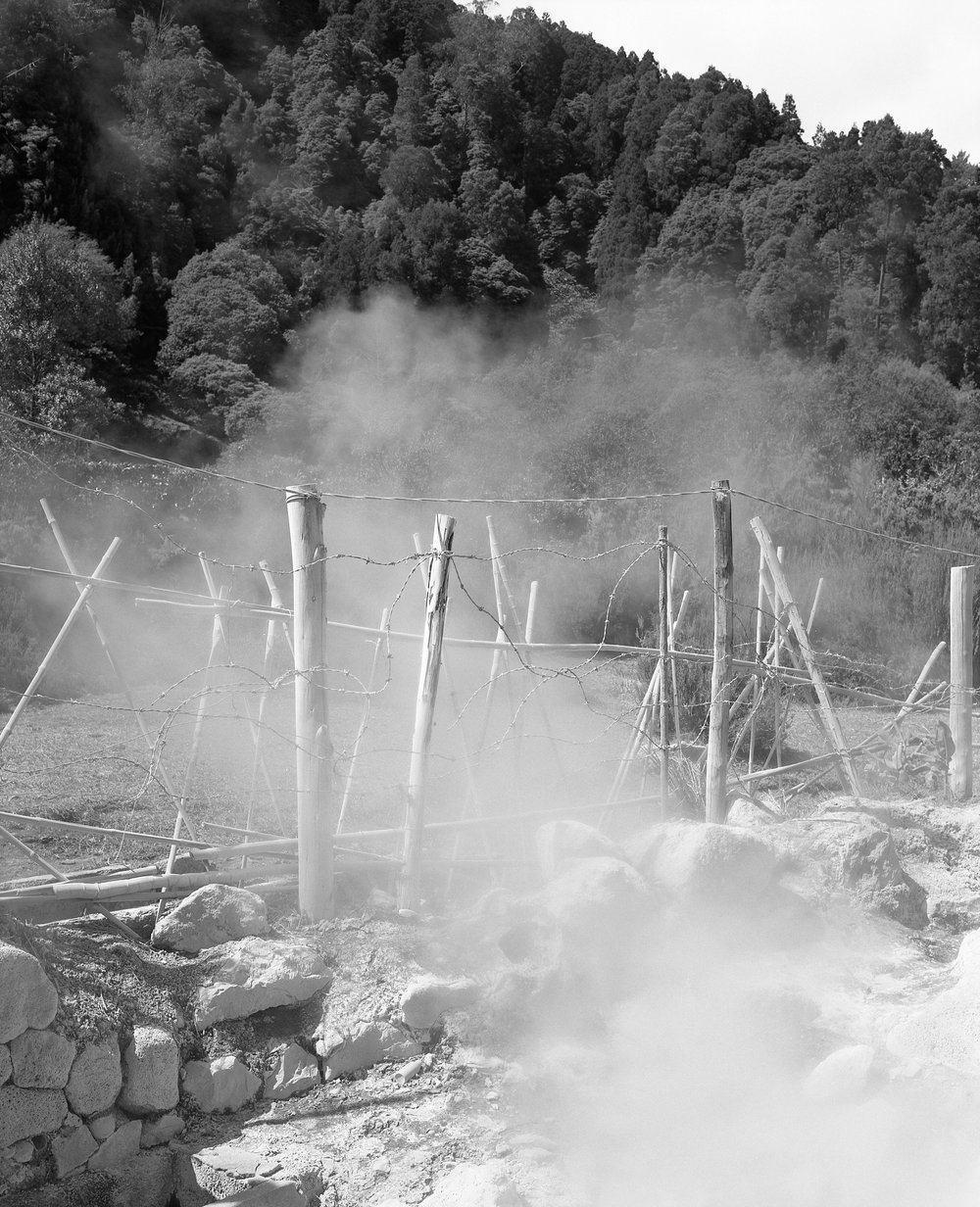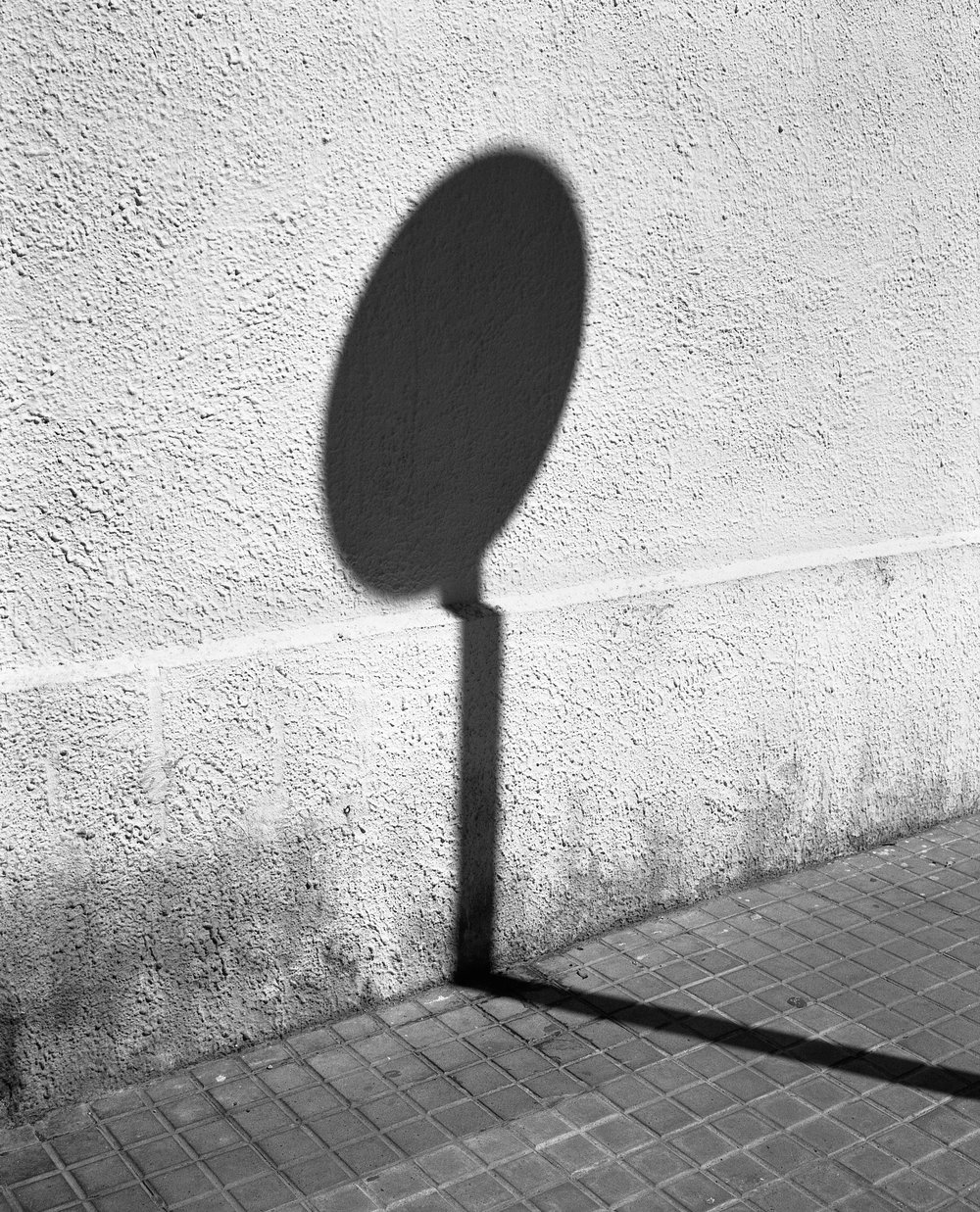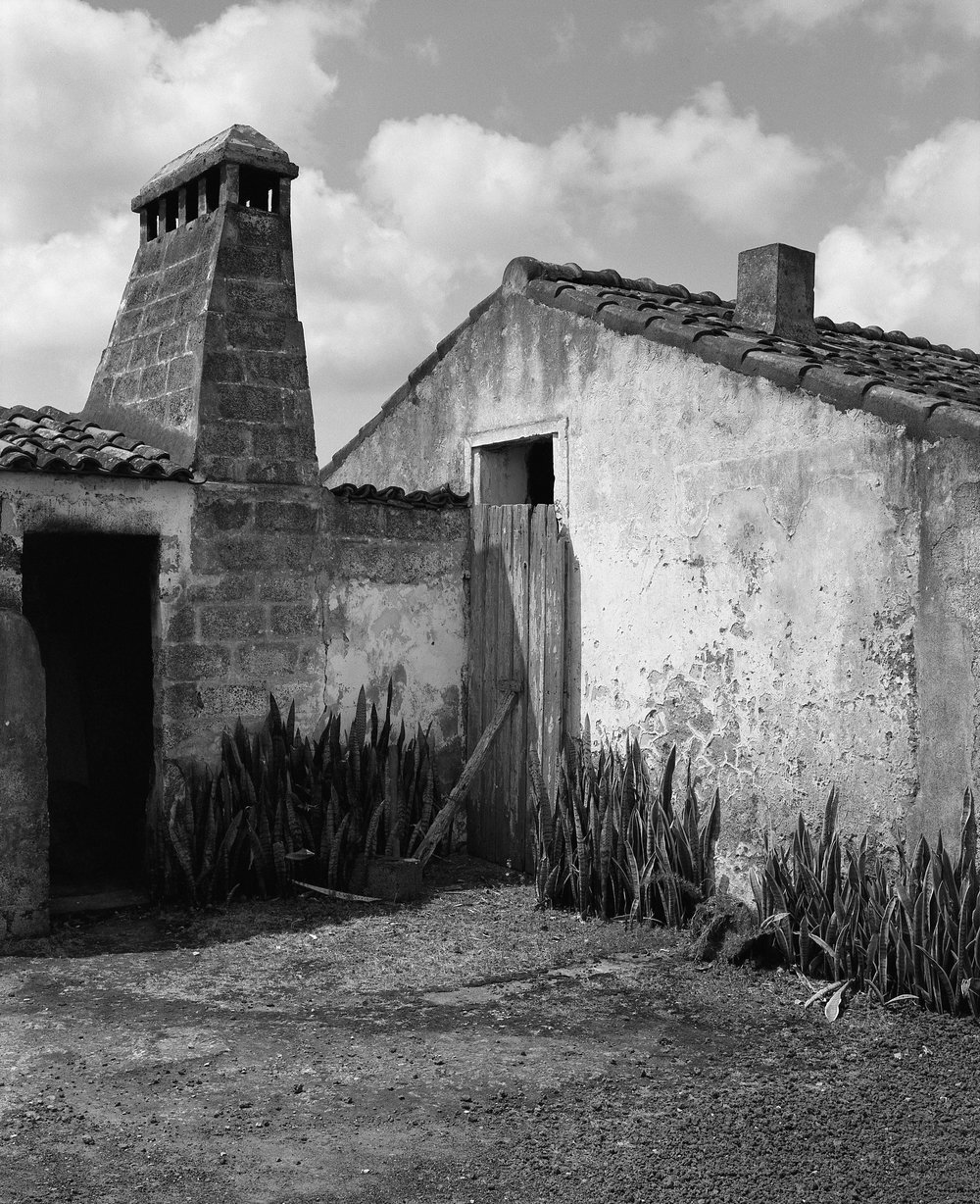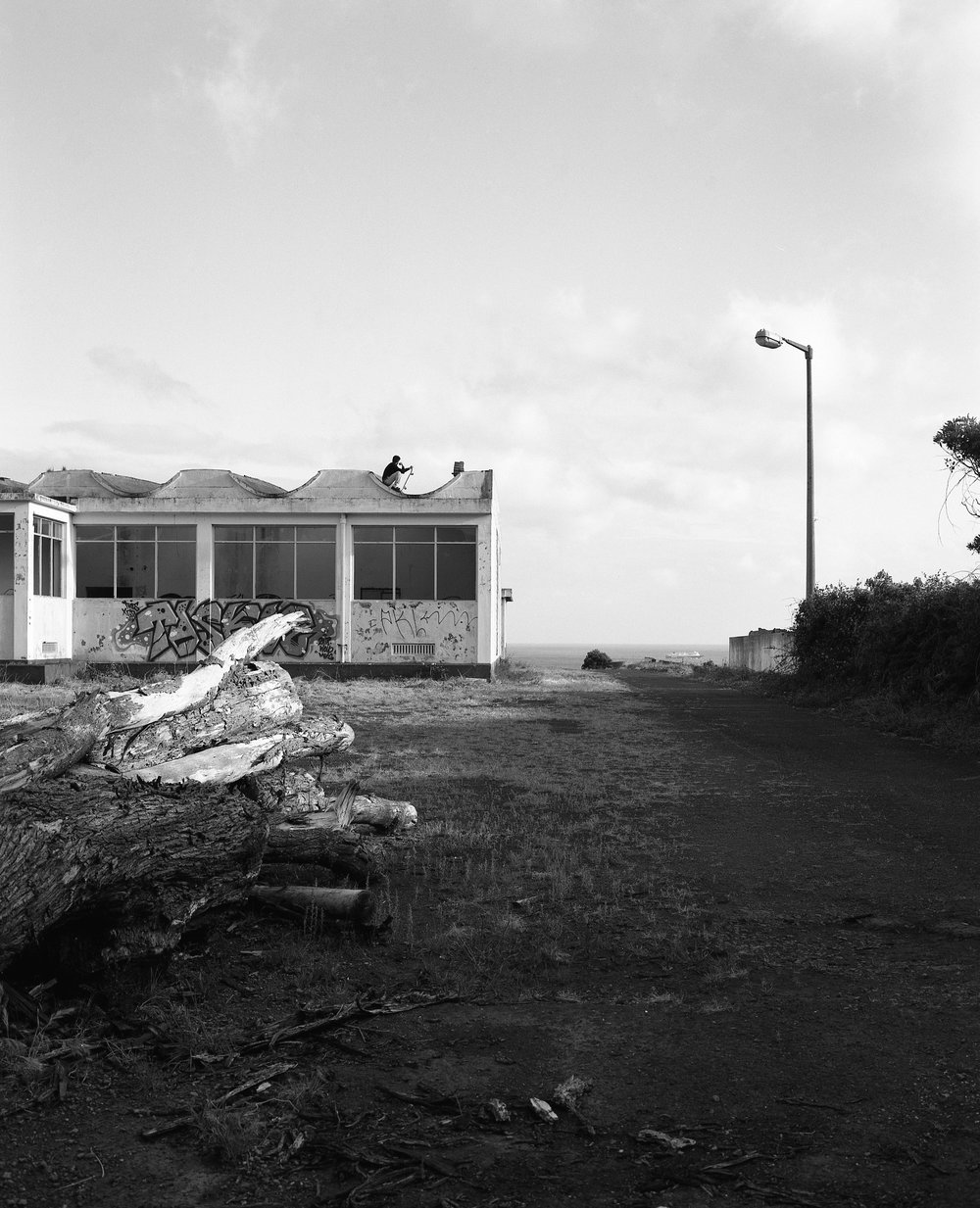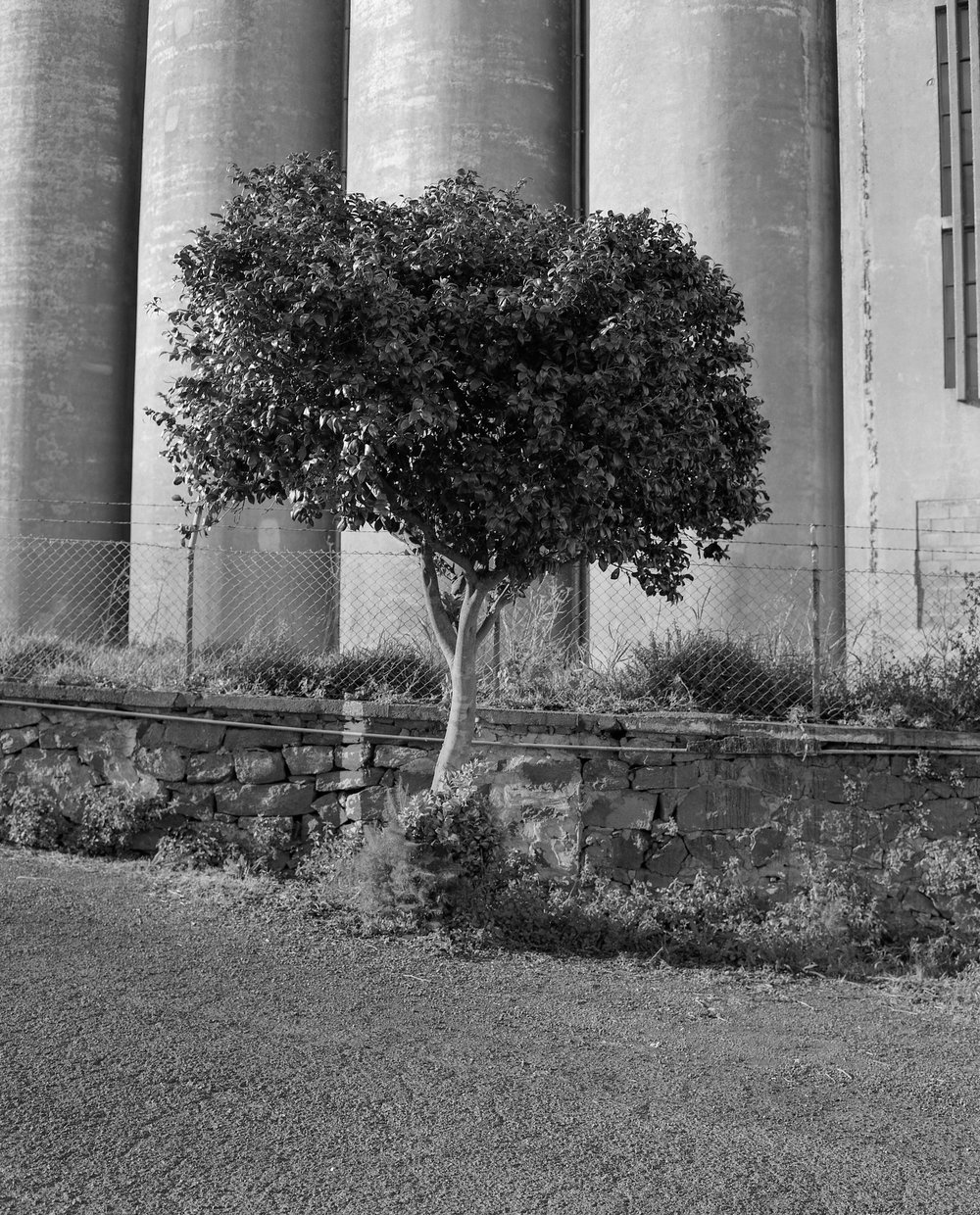In today’s age of over-information and over stimulation — the work of many skaters and videographers pass by with a quick scroll of the thumb.
However a small percentage of these creative minds are joining forces with ideas to distance themselves from this, attempting to create projects with concrete messages behind them. And today, we’re proud to exclusively present you “Azorean Loop” — the story of Octavio Barrera, filmmaker Dani Millán and photographer Jack Whitefield on a ten day trip exploring the Azorean archipelago. Helped by the good blokes at RVCA, they headed to Saõ Miguel, Pico and Terceira, hopping from Islands to Island in search of untouched skate spots, visiting to local craftsmen along the way, in order to learn from their environment and their centenarian way of working. Seeing the crew distance themselves from the classic travelling “skate trip” mentality, going the extra mile to meet these local artists, and showcase their work — which still evolves without almost no access to external references — is highly refreshing.
“Azorean Loop” is a piece that contrasts in the best of ways with the content we usually encounter ourselves watching, both on the message it communicates but also on the way it has been shaped, and we can’t encourage you enough to take 8 minutes of your time to dive into it.
We were able to catch up with Octavio, Dani and Jack in order to talk a little bit about the trip and get some behind the scene insights about their time overseas.
Octavio – had you ever been to the Azores before?
No, it was the first time for me
Where did the initial idea of the project come from?
I’ve always been intrigued to discover more about these Islands. It’s an archipelago that also is part of the same Atlantic Ocean, and they have many similarities to the Canary Islands — where I’m from — but with another culture and different landscapes. You can also find some waves to surf, which also was a plus.
Most regions in the world have their own kind of craftsmanship. Why did you choose the Azores to explore the theme of “creating without external references” in particular?
We actually didn’t go on the trip with the idea of exploring crafts that much, but a few weeks before the journey I was looking for some places to discover traditional culture in different islands and I discovered wickerwork was a big part of it, although there weren’t many artisans left. Then I became more interested in the subject, but I did not have contacts there. So we left with some kind of uncertainty to discover people who worked this material, and encounter them was one of our motivations. We ended up finding Joao, which turned out to work out perfectly…
How did the choice of taking Dani and Jack on-board come?
The truth is that everything came quite organically. Dani is one of my really close mates. We have been developing projects together for a while, and that was the case for “A Volcanic Scape“, a previous creative exploration of ours. We know each other very well, which made it easy whilst shooting. That synergy makes it way easier when working on open audiovisual projects without any type of brief or script. With Jack, it was a little different, as I had never traveled with him before. I briefly met him in Berlin a few years ago, but nothing more! I knew his work as a photographer and I thought it would be interesting to add him to our exploration, so that he could bring his point of view.
For a one week-long trip n a rural area where skateboarding was no the main focus, you managed to find quite a few interesting spots. Did you have a guide with you, or were the spots mainly encountered by luck?
We prefer to not contact guides. I think they can direct the experience on a path that isn’t as natural as we’d like it to be. We prefered to let things flow and get lost to find spots While we were cruising around the coast searching for waves and checking the Islands out.
Azores is not the most famous destination for a skate trip… How did the locals react to you skating the streets?
The locals were pretty intrigued, but I got to say that most places we skated were quite remote, and Jack, Dani and me were the only people around. We found a few skate marks in Ponta Delgada on the main island, where there is a small scene of skateboarders. The guys from Medium Skate Mag came around a few months before with some international skaters, so I think this was also it. But on Terceira and Pico, there were no signs of previous skating at all. One of the spots that appears in the video is in fact a fishing port where there’s only 3 houses — one of them being where we slept… We were lucky to find this one… We woke up in the morning and directly went skating right in front of the house.
Looking at the work you’ve done with Joao’s waste, but also at your work in Volcanic Scape, and other design projects, it seems like you’re attracted to traditional materials & things that can be found in nature. Do you have an idea about where this attraction came from?
Being born on an island where I was in contact with the sea and the mountains, I have always been struck by the primary materials that can be found in our environment. Since I started studying design, I was interested in investigating these materials, and the different ways you could use them. I think these materials are timeless and don’t apply to trends; because they are always around us in one way or another.
Photos below: Dani Millán
Dani — this isn’t your first collaboration with Octavio. Can you talk a little bit about how you guys met, and collaborating together over the years?
Despite both being from the Canary Islands we met in Barcelona around eight years ago. We started filming and traveling together and we got along pretty well. I guess going on a filming trip to the Canaries for two months in 2014 really made us click. I was filming a documentary (Maresía) and he was making a book (Talisca), and we spent all that time sharing a really small camper van. I can´t remember how many projects we’ve already done together but it looks like this won’t be the last one.
How does his approach differs from other skate-boarders?
On a design-creative way I would say. I’ve travelled with many different skateboarders and most of them are focused on finding a certain spot to do a certain trick — which is cool. He just adds something else to this equation. He takes advantage of being traveling thanks to skateboarding to his own benefit, trying to bring back home knowledge from those places so he can apply them on his own work/life.
What were your creative approach to filming/editing on a piece where skateboarding is not the main focus, such as this one?
I approached it fifty-fifty. It was between filming a skate video and a documentary. We went there with no script, so I had to be aware of what was happening around us and be able to shot it the way I wanted. I also decided to not use a fisheye lens so it would be easier to add the skateboarding tricks on a narrative piece.
Did you encounter any challenges/difficulties whilst shooting the piece?
It would have been probably easier if we have had a local guide there. I mean three islands to explore in nine days is kind of a hectic schedule, especially if you haven’t been there before. But we decided to do it our own way instead and get lost to see what we could find. We also got unlucky concerning waves, which was a bummer. Also, Octavio was skating on his own which is always pretty hard. So yeah, I would say it wasn’t easy but somehow we managed to make it happen.
Photos below: Jack Whitefield
Jack — We know you’re a attentive observer of nature. What can you take after spending 10 days documenting the Azores and its landscapes?
Yeah I do find my self observing certain things, but not just nature and the state of the land. I think it all comes as one package, and includes things like social behaviour and taste. I’m interested in why people do what they do, or like what they like, and I think the look and feel of a landscape is a good indicator of how a community lives and functions. The Azores was a lot different to photograph compared to lets say the UK or America as it was so stripped back and they lived very simply, but I try to keep my style and reason for documenting the same. It was really amazing experiencing the Azores for the first time.
From your encounters with locals and what you observed, how would you describe the relation of the Azoreans and their land?
They seemed very in tune with the environment; almost everyone we spoke with mentioned how they have almost spiritual connection with the islands.
You mentioned shooting also some portraits on the trip, which is interesting as you’d think locals might not be used to being photographed. What were people’s reaction in front of the lens?
Everyone was very friendly, I think they must get fair bit of tourism now as its such an stunning place and only a quick flight from Lisbon, so I don’t think people were really that bothered about the camera.
The Azores seem like a pretty wild zone — did you guys encountered any difficulties with weather whilst shooting the project?
After my first surf on the first day, I forgot my wetsuit in a small carpark. We went back later that night to see if it was still there. I went into the bar to ask if anyone had seen it and some guy had taken it to his house. Then a random wasted guy from the bar jumped in our car and said he would direct us to go pick it up. The place we went felt kind of sketchy, a small getto feeling area with not much electricity, the guy then took Octavio into a house whilst I waited in the car. There was aload of arguing and I didn’t see Octavio for a while, then he came out with my wetsuit in a shopping bag. So all good. Appart from that episode, the whole trip went really smooth!

